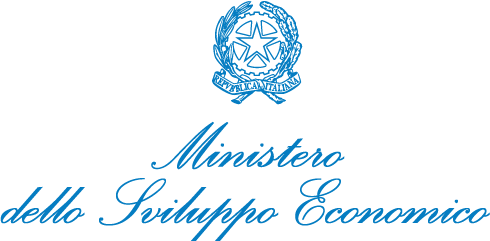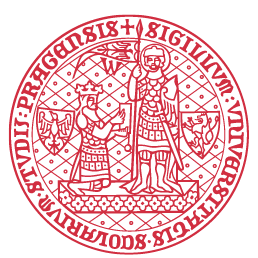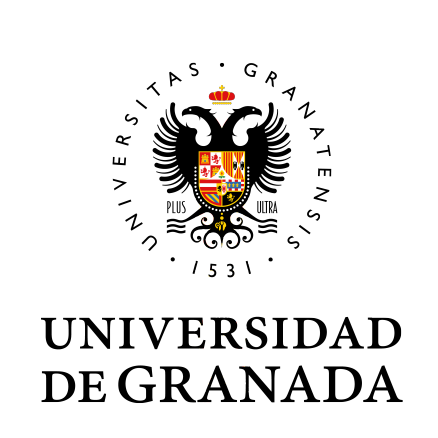 Dr. Paola Di Giuseppantonio Di Franco
Dr. Paola Di Giuseppantonio Di Franco
Her research combines material culture, heritage, and cognitive science to explore how new technologies impact heritage making processes and the interpretation processes of the past. Her recent Marie Skłodowska Curie project, titled DIGIFACT: Digital artefacts: How People Perceive Tangible Cultural Heritage through Different Media has clarified the role of new technologies in the perception and understanding of cultural heritage; specifically how 3D virtual and material replicas can re-define museum practices. This project was in collaboration with the Museum of Anthropology and Archaeology in Cambridge, developing a research programme to feed into the redevelopment of the World Archaeology Gallery over the next years.
She is now developing two new projects that will further her line of research aimed at analysing how new technologies impact heritage making and interpretation processes of the past: one project is investigating the role new technologies might play in the rebuilding process that societies face after suffering natural disasters or environmental trauma. The second project combines education, history and heritage for the digital preservation of tangible and intangible aspects of heritage associated with the 19th cent. Palace of Said in Tunis. The project is a collaboration with the faculty of Education, University of Cambridge, Virtual Experience company, and Rambourg Foundation in Tunis and it is supported by the British Council’s Cultural Protection Fund, which aims to preserve cultural artefacts in conflict-affected countries. During the project the team has produced an interactive 3D model of the Palace of Said and developed learning resources to build Tunisian students’ critical engagement with their heritage.
Website: https://www.essex.ac.uk/people/digiu55703/paola-di-giuseppantonio-di-franco












